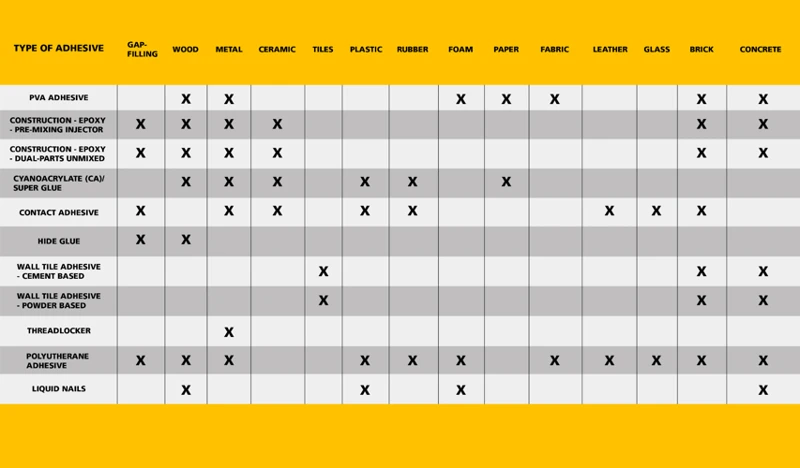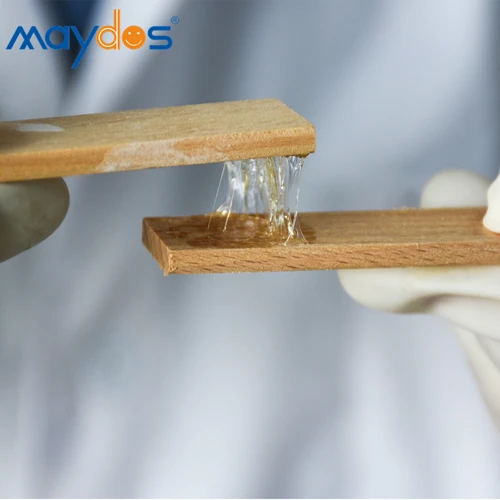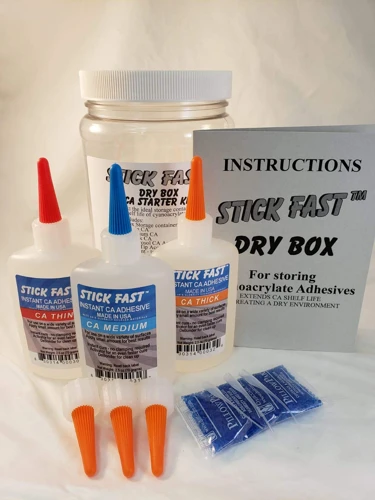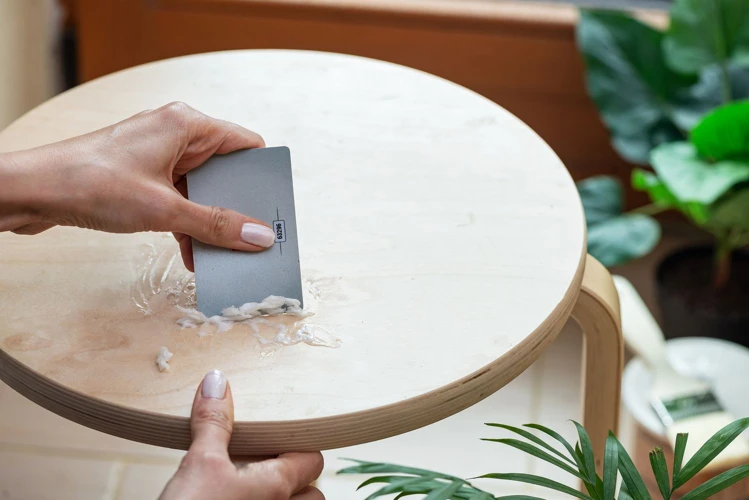Adhering different materials together can often be a challenging task, especially when it comes to gluing wood to glass. Each material has its unique properties that can make finding the right adhesive difficult. However, with the proper techniques and adhesives, bonding wood to glass can be achieved with strong, lasting results. This blog post will guide you through the process of selecting the right wood to glass adhesive, preparing the surfaces, applying the glue, and ensuring a solid bond between the two materials.
Choosing the Right Wood to Glass Adhesive
Understanding Adhesive Types
When looking into how to attach wood to glass, it’s essential to understand that not all adhesives are suitable for every job. The adhesive must be capable of creating a bond with both porous (wood) and non-porous (glass) surfaces and be clear when dry if aesthetics are a concern.
Best Glue for Wood to Glass
The best glue for wood to glass is one that is specifically formulated for bonding these materials. Look for products labeled as wood and glass glue that offer a strong bond, water resistance, and clear drying properties. These adhesives are engineered to withstand different expansion rates of wood and glass, ensuring a durable bond.
Preparation for Bonding Wood to Glass
Cleaning the Surfaces
Success in gluing wood to glass starts with proper preparation. Both surfaces should be clean and free from dust, oil, or any contaminants. Use a lint-free cloth with isopropyl alcohol to clean the glass, and a soft brush or cloth to remove any debris from the wood surface.
Applying the Adhesive
Once the surfaces are prepared, apply a thin layer of adhesive to the wood. Be careful not to use too much, as excess glue can squeeze out and make the project messy. It’s also crucial to ensure the glue is applied evenly to avoid air bubbles, which can weaken the bond.
DIY Wood to Glass Gluing Techniques
Using Super or Cyanoacrylate Glue
Super glue, or cyanoacrylate, is a popular choice for small DIY wood to glass projects due to its quick setting time and strong bond. Apply a small amount to the wood surface and press it firmly against the glass for several seconds.
Using Polyurethane Glue
Polyurethane glue is another excellent option, as it expands slightly while drying, filling any gaps between the wood and glass. This type of glue also requires moisture to cure, so dampening the wood slightly before application can be beneficial.
Using Silicone Adhesive
Silicone adhesive is flexible and waterproof, making it suitable for wood to glass applications that may be exposed to moisture. It also dries clear, which is perfect for projects where appearance matters. Apply it in beads and spread it with a putty knife for even coverage.
Wood to Glass Glue Guide
Step-by-Step Process
- Clean both the wood and glass surfaces thoroughly.
- Select the appropriate adhesive for your project.
- Apply the glue evenly on the wood surface.
- Press the wood firmly onto the glass and hold it in place.
- Remove any excess adhesive with a clean cloth.
- Allow the adhesive to cure according to the manufacturer’s instructions.
Tips and Tricks
- Ensure the room temperature is optimal for the glue you are using.
- Avoid touching the cleaned surfaces with your fingers to prevent oils from interfering with the bond.
- Use masking tape around the area where the adhesive will be applied for a clean, precise bond line.
Clear Adhesive for Wood to Glass Applications
Aesthetics matter, especially in visible applications. Using a clear adhesive for wood to glass ensures that the bond remains virtually invisible, maintaining the beauty of your project. Look for adhesives that specify they dry clear and do not yellow over time.
The Importance of Clamping and Curing Time
How Long to Clamp
Clamping the wood to the glass ensures a tight bond as the glue sets. Depending on the adhesive, clamp time can vary from a few minutes to several hours. Always refer to the product’s instructions for specific clamping times.
Curing Times for Different Adhesives
Curing time is crucial for achieving maximum bond strength and varies among adhesives. Super glues typically cure within 24 hours, while polyurethane and silicone adhesives may take up to several days to fully cure. Be patient and do not disturb the bond during this time.
Strong Glue for Glass to Wood Projects
For projects that require a particularly robust bond, it is essential to choose a strong glue for glass to wood. Epoxies and specialized polyurethane adhesives offer high strength and durability, making them suitable for heavy-duty applications.
Conclusion and Safety Tips
Final Thoughts
Mastering the art of gluing wood to glass opens up a realm of creative and practical applications. By choosing the right adhesive, preparing the surfaces correctly, and allowing sufficient curing time, you can ensure a successful bond that will last.
When it comes to crafting and DIY projects, knowing how to properly adhere different materials together is essential. If you’re looking to attach wood to glass, our guide on how to glue wood to glass will provide you with step-by-step instructions and tips to ensure a strong bond. For those working with different materials, we also have handy tutorials for gluing rubber to glass and plastic to glass. And if you’re looking to secure carpet to a wooden surface, don’t miss our article on how to glue carpet to wood. Each guide is designed to help you achieve the best results for your projects.
Warning and Precautions
Always work in a well-ventilated area and use gloves to protect your skin when handling adhesives. Read and follow the manufacturer’s safety instructions, and be aware of the drying times to avoid compromising the bond’s strength.




